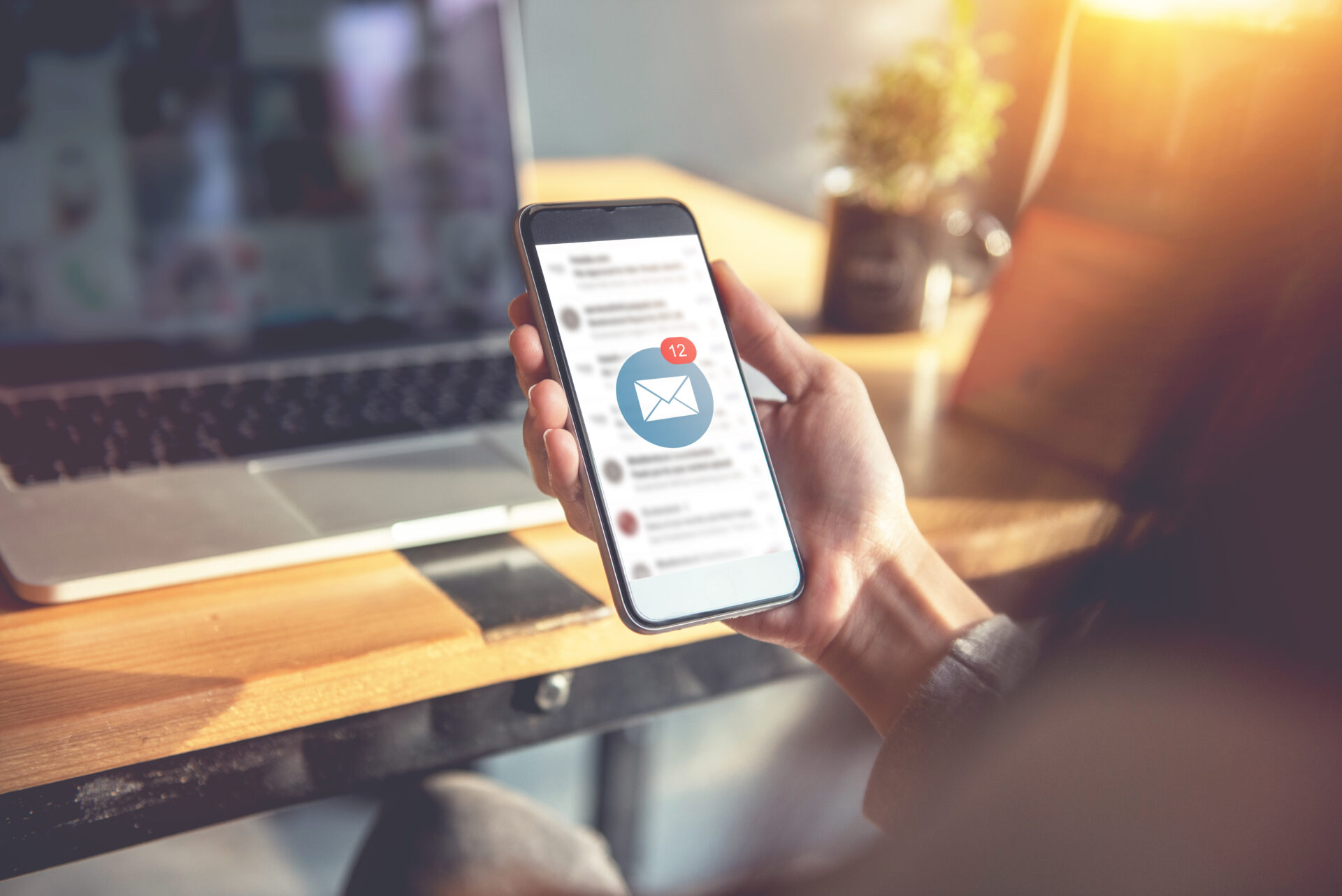
The recent rise of generative AI systems like ChatGPT is just one aspect of a far broader trend that’s been at work in the American business landscape since the beginning of the Industrial Revolution, and that’s gone into overdrive in the last few decades: automation.
Automation is everywhere and touches every aspect of our daily and professional lives. We drive cars that are manufactured on automated assembly lines, chat with AI-driven tech support bots when the printer goes down, and book tickets on flights that were scheduled and routed automatically by an airline’s scheduling software.
Automation – when used correctly – can be an unbelievably powerful tool that can play a massive part in your company’s direct marketing efforts. Through email marketing automation, you can maintain personalized, effective engagement with your audiences without incurring any significant increase in your overhead.
What Is Email Marketing Automation?
The odds are overwhelmingly good that you’re already familiar with email marketing automation (even if you haven’t been keeping up with our recent blog articles or read our Definitive Guide to Email Marketing). If you receive email promotions, newsletters, product announcements, explainers, or pretty much any other email communications from a brand, you’re enrolled in an email automation.
Email marketing automations are organized campaigns of email marketing messages that are triggered when a user performs a specific action. When the trigger is activated, the user is enrolled in the automation and receives the campaign messages according to a set schedule. The automation ends when the user opts out or performs the action the campaign is encouraging.
Note that for this article, we’re not including enewsletters as a type of automation. While newsletters are typically sent using the same tools and software as other automations and can undoubtedly be run as a full-on automation, there are a couple of differences between newsletters and what we’re talking about here:
- Newsletter content is usually more topical and timely than automation content, which tends to be more evergreen. So, most companies draft their newsletter content regularly throughout the year instead of setting up an entire newsletter campaign and letting it run automatically.
- Newsletters don’t have a “start” and “end.” Instead, they’re like magazines – when you subscribe, you enter the message stream that’s already in progress.
How Do Email Marketing Automations Help Engage Audiences?
The beauty of email marketing automations is that they can be crafted to speak to audience members at every step of the buyer’s journey—from their first encounter with your brand until they become reliable return customers.
Automations can be interconnected to provide a seamless, uninterrupted stream of communication to a specific user as they navigate the journey. For this example, let’s assume that you operate a landscaping business specializing in residential lawn care.
- A user sees one of your social media posts in early spring. Thinking ahead to the summer, they decide to visit your website. They’re not ready to sign up for anything yet, but they want to learn more and enter their email address into a form on your site. They are now enrolled in your “Welcome” automation.
- They receive a first welcome message that provides some general information about your company and services. Over the next couple of weeks, they get another welcoming message, going into slightly more detail about some of your services. One service – flower bed maintenance – catches their eye, and they click through to a video that explains your flower bed services. They are now enrolled in your “Flower Bed Maintenance – Nurture” automation.
- They now begin to receive weekly emails that provide in-depth information about flower bed maintenance in general and about your services in particular. The last message in this stream offers them a 15% discount on their first year of flower bed maintenance services, and they click a “Request a Quote” button. They are now enrolled in your “Quote Nudge” automation.
- In addition to the (very affordable) quote you send them, they also get very light nudge emails every few days, reminding them of the outstanding quote and how much time they’ll save by letting you manage their flower beds. After the second nudge, they sign the quote and submit their approval through your online quoting system. They are now enrolled in your “Post-purchase” automation.
- Following your first service visit, they receive a message asking for feedback on your services. They give a 5-star review. A week later, they receive another email, this time offering them a 15% returning customer coupon for your summer lawn maintenance service. That seems interesting, and they click on it. They are now enrolled in your “Lawn Maintenance—Nurture” automation…
And so on, and so on, and so on. By setting up specific automations for each particular step of the process, you can shepherd leads through the entire process without lifting a finger.
Automations can be set up with almost any trigger, and your content can be laser-focused on addressing the pain points or highlighting the value props that are most likely to make that specific person convert.
For more about specific types of automation streams, check out this section in our Definitive Guide to Email Marketing.
Are Email Marketing Automations Completely Hands-Off?
Ehhhhh… almost. The most significant time and effort investment in creating automations is just that – creating the automation. On the front end, you’ll spend a fair amount of time:
- Developing your overall email strategy
- Parsing your audiences, their buyer personas, their pain points, and their typical journeys and matching them to your value props and promotions
- Developing the logic behind your automation flows and determining what triggers activate each message stream
- Creating beautiful templates and writing engaging content for each message in each stream
After all of that has been done, your automation will run more or less without any intervention from you or your staff until it’s time to update and refresh your messaging.
Does Email Marketing Automation Work?
Yes! Email marketing is one of the most effective and affordable marketing tools, with an average ROI of 36:1.
The great thing about email automation is that you’ll never have to guess as to whether your carefully crafted messages are actually moving the needle. The common email marketing platforms all integrate powerful analytics, allowing you to have hard data on:
- How many users received each email
- How many opened it
- How many engaged with it (scrolled through the message, stayed on the message for more than a given amount of time, or interacted with any of the email’s active elements such as links or videos)
- How many clicked through to your landing page, website, or social media presences
- How many converted once they landed there
If a message or stream is underperforming, you’ll know and can take steps to improve that aspect of your campaign. If a particular message blows up, you’ll know that, too, and you can use that as a model for improving the rest of your messaging.
Can I Get Some Help With Email Marketing Automations?
We thought you’d never ask. At M&R, we’re more than happy to help you with the entire process of building and implementing effective email marketing automations. Our team of creative, dedicated marketing pros knows how to define audiences, establish practical and logical automation flows, and craft messaging that catches the eye and drives conversions. Give us a call and let a member of our Sales team show you how we can make email work for you!
Set It and Forget It With Effective Email Automations! Call Today: 478-818-6319
Did you love this article? Then sign up for our monthly eNewsletter so you never miss one.
Detailed Marketing Deets
Want some profound insight into all things marketing? Check out our Definitive Guide Series for detailed information, tips, and advice regarding:

